During almost every major round, the rider-horse team can meet other road users. We have summarized the most important information about riding in traffic for you.
I. Fundamentals
Riding and driving on public roads is regulated by the German Road Traffic Act (StVO), therefore, the same traffic rules that apply to motor vehicles apply to riders. Mutual respect is paramount.
Due to the fact, that the handling of horses involves special risks, it is important to know some important points:
- The participation in traffic requires special attention and mutual consideration
- Riders use the outermost edge of the right side of the road
- Riders are not authorized to ride on pedestrian and bicycle paths
- Horses may not be lead out of a motor vehicle or from a bicycle
- Several riders together form a union in which two riders should always ride side by side - the union should not be longer than 25 meters and there should be no large gaps between the individual riders-pairs
- Depending on the county and state, a rider needs a so-called "going for a ride plaque" for his horse, which can be applied for at the responsible traffic office

II. The Correct Equipment
Even for riders and horses that participate in traffic, there are certain equipment criteria that need to be met. While it's great to be able to ride your horse only on halster and rope, this equipment is not allowed on public roads. Always remember that you not only endanger yourself and your horse but also the other road users. No matter how well a horse is trained, it still remains an "escape animal" and thus always represents a potential danger. Therefore, you and your horse should be equipped as entirely as possible. This includes a bridle, saddle, riding helmet and ankle-high footwear. According to the Highway Code, only experienced riders are allowed to take part in public traffic. A suitable rider is one who has sufficient influence on the horse and thus does not endanger himself or others - this applies to riders as well as to individuals who solely lead their horses. Especially when riding at dusk or even in the dark the utmost emphasis should be placed on the right equipment: battery-powered lighting for the helmet and saddle, reflector vest or even illuminated gaiters have proven to be particularly useful.
- Reflex Hoofbells and Reflex Vest by Krämer:


III. Riding or Leading?
One of the most argumental topics about riding cross-country probably is the distinction between riding and leading. Within many forest and meadow areas, traffic signs regulate if and where a rider may ride long and where not. Riders have to obey the passage forbidden signs if the sign explicitly shows a rider. The sign shows the red circle and additionally a rider-horse icon in the middle. For the longest time, it was thought that this forbidden sign also forbids to lead the horse through the passage - a precedent case from 2015 brought clarity:
Riding and guiding are basically two different activities. In passages where riding is forbidden, leading is allowed. In the future, riders will be able to descend shortly beforehand, pass the path and ascend afterward. Exceptions are, of course, basic prohibition signs that generally prohibit the passageway.
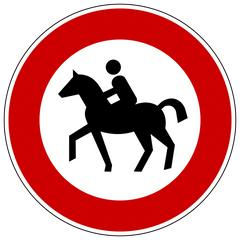

IV. Caution is Better than Indulgence
This principle should be remembered by every rider and should be a guideline. Even though the horse must be ridden of lead on the road and is thus regarded as a 'normal' road users; compared to motor vehicles, the horse is the weaker participants in the traffic. Therefore, the rider should always expect the errors of others. You should only ride on and cross a road when absolutely necessary. Safeguard yourself by observant behavior rather threefold and wait until no more cars are in sight - only then cross the road. Light-colored clothing makes drivers aware of your road participation - gesticulating movements can urge drivers to slow down or even wave through; if the situation allows it. On public roads you should by principle be riding slow - even if the grass strip is still so wide and invites you to gallop: Walking normal speed gives you the most control over your horse. Beyond that, do not only look out for the other road users but look as far ahead as possible, in order to be able to identify situations during which your horse might become a danger by jumping aside or running off.
V. Practice Enough
If your horse is still young or has only a little experience with road traffic, you should always join an experienced rider and otherwise avoid roads. If, on the other hand, the horse is still young and you want it to get used to the traffic of the road, practice at a closed off place in a safe environment close to the stable. Maybe you can even talk within your stable community and practice together. In the beginning, a parked car will suffice (of course, always agreed on that with the car owner!). Now you can slowly increase the exposure and, for example, ask someone to drive slowly past you. If your horse becomes more confident, you can slowly extend the rides - most suitable would be to ride along with two or more experienced and intrepid riders/horses. Thus, the still young, inexperienced horse is backed by the experienced horses, which in turn give him sufficient security. Ultimately, it's not just about your safety: you also take on the responsibility towards your horse, your fellow riders and the rest of the road users.
VI. Where Do The Road Apples Go?
Whether horse droppings are allowed or not on public roads, in villages or even on land routes depends on the community/county. According to the Road Traffic Act, the following is applicable: Any pollution must be removed - especially if this dirt presents an increased risk to other road users. It is best to ask your local council how it is handled.
Have fun in the terrain!



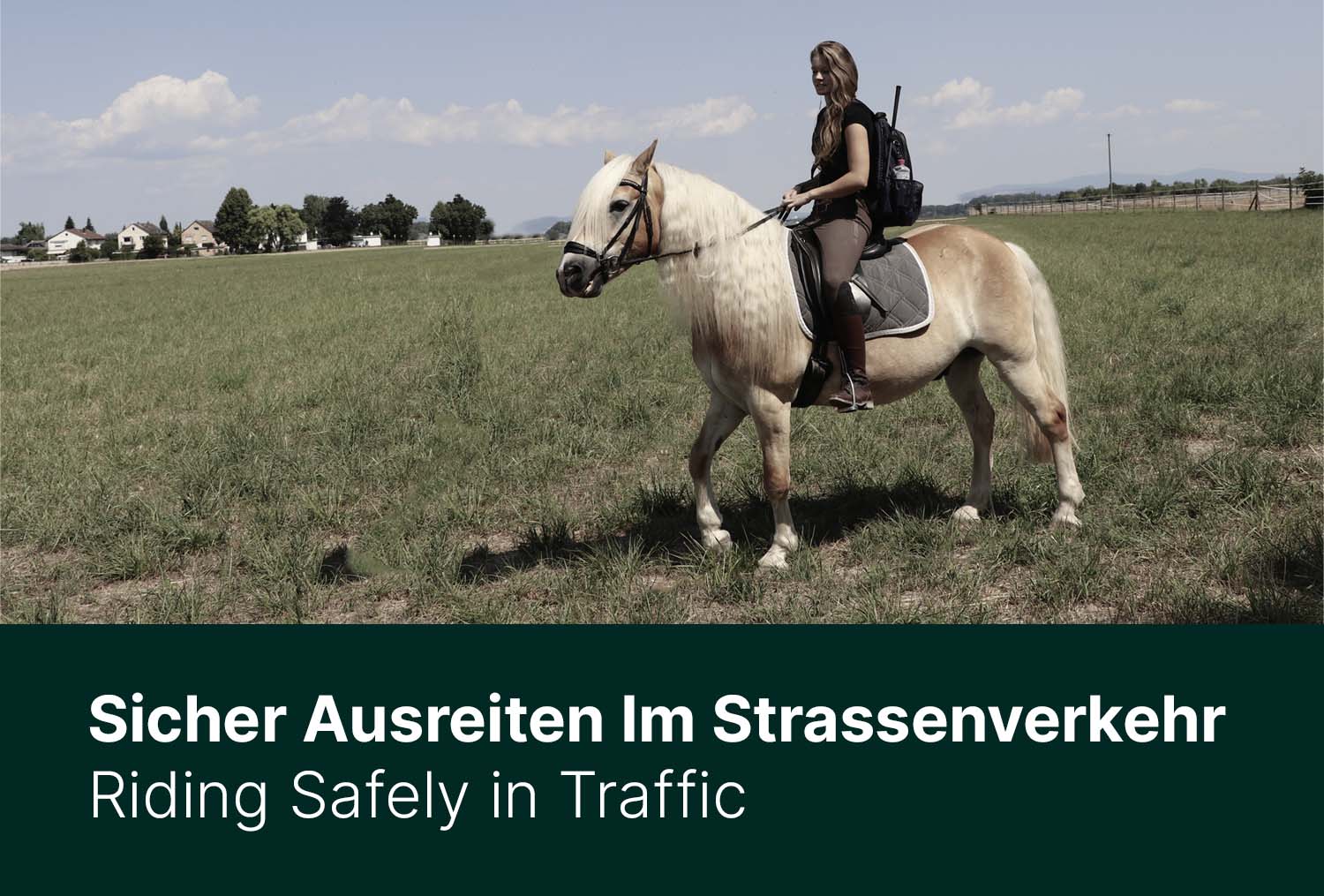

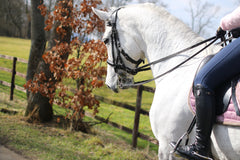
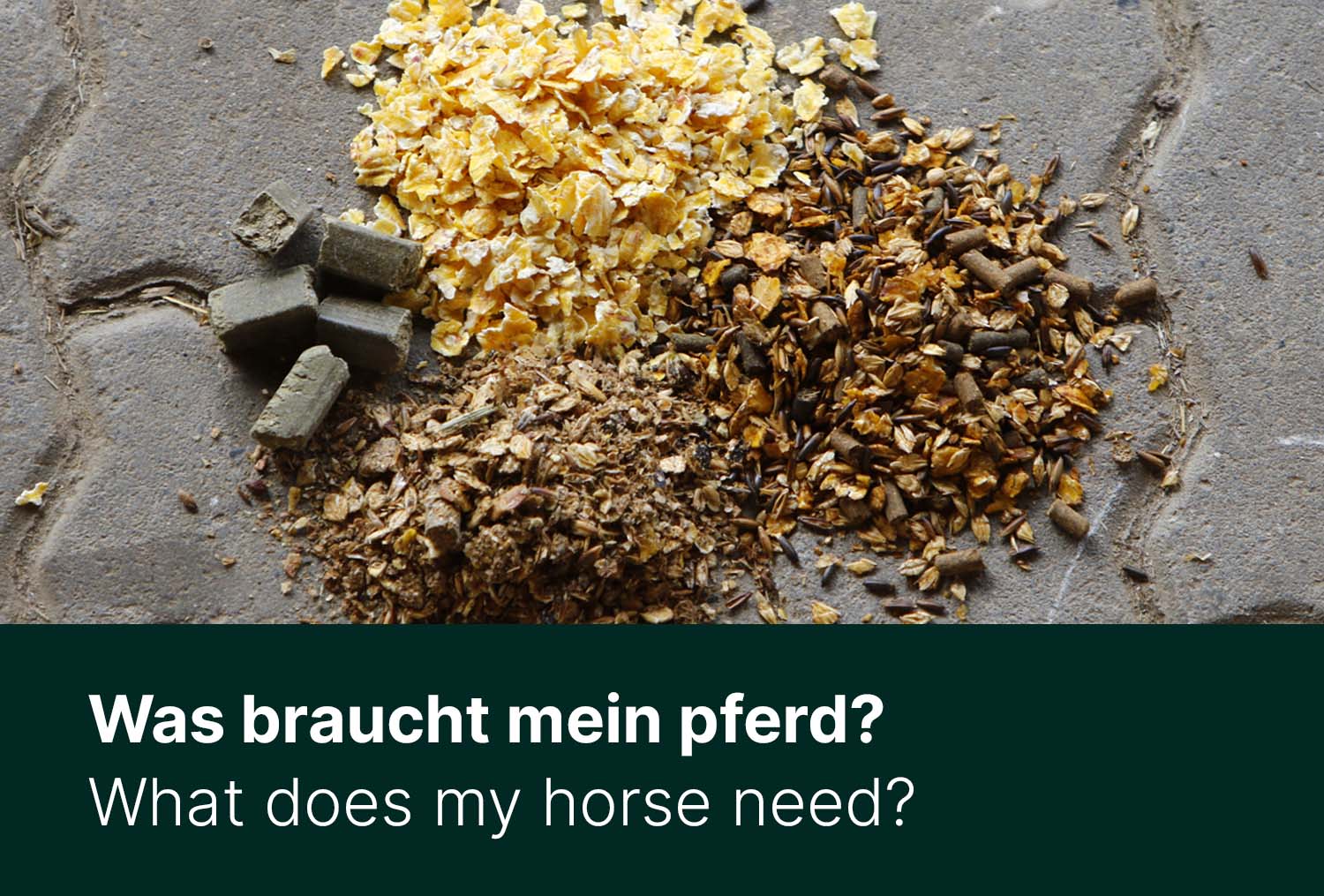

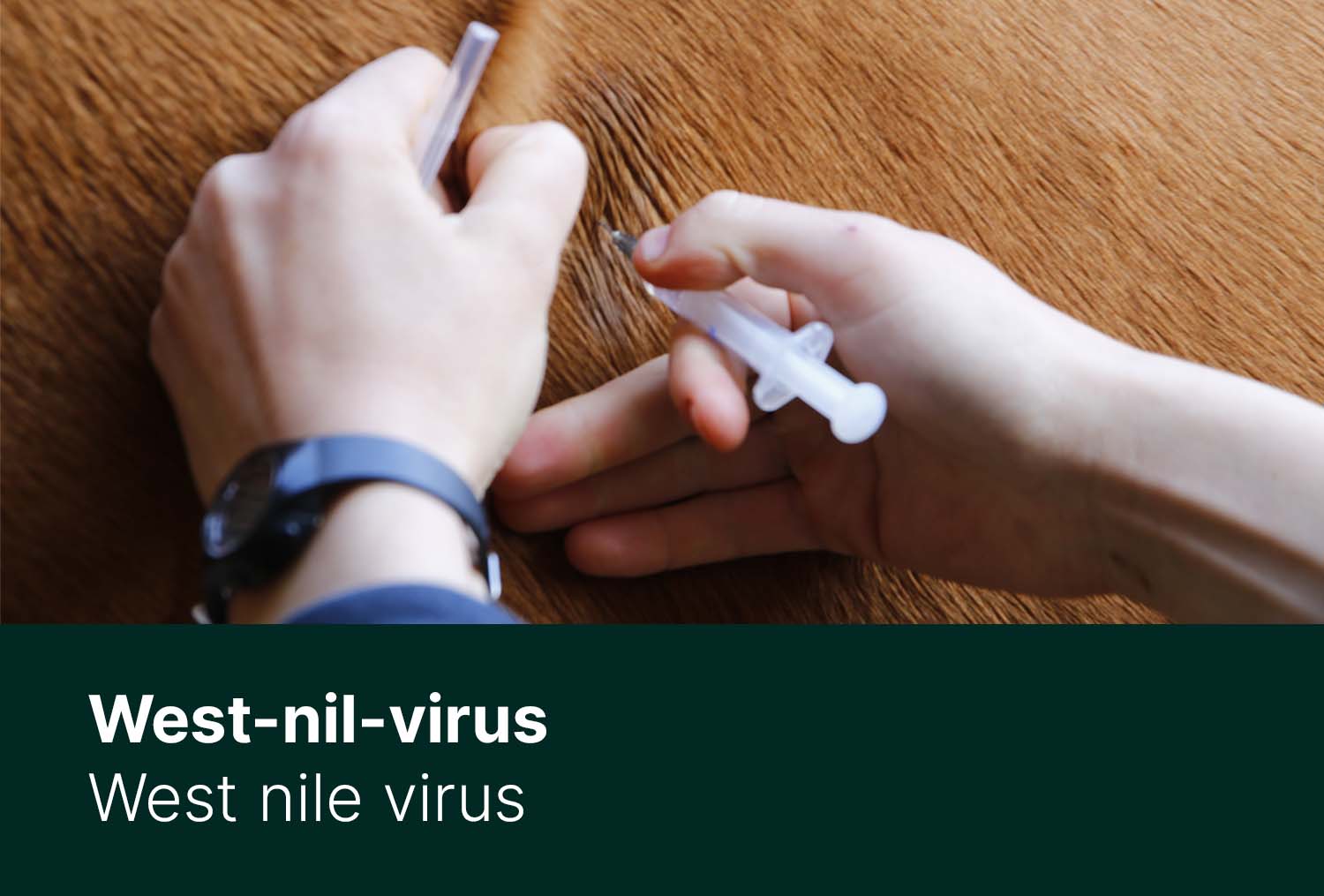
Bringing Horses back on the Grazing Land the Right Way
Supplementary Food - What Is Important For My Horse?